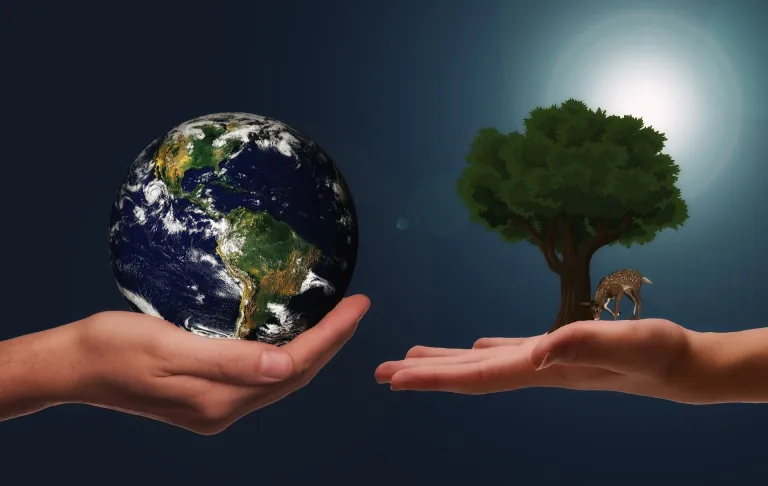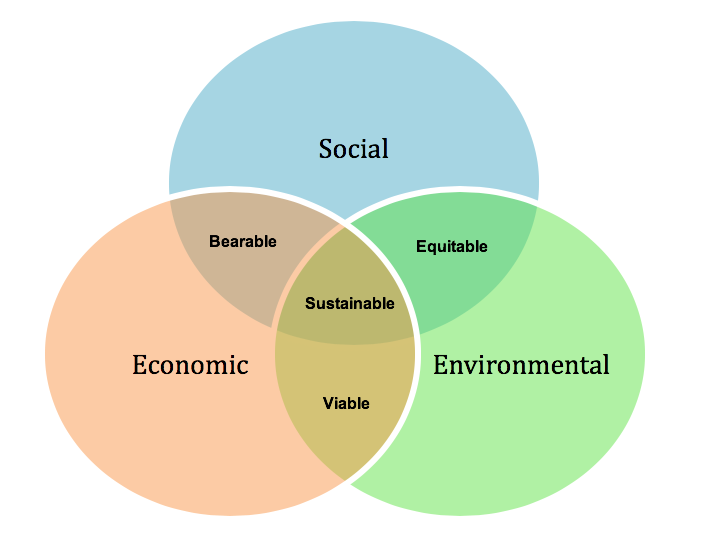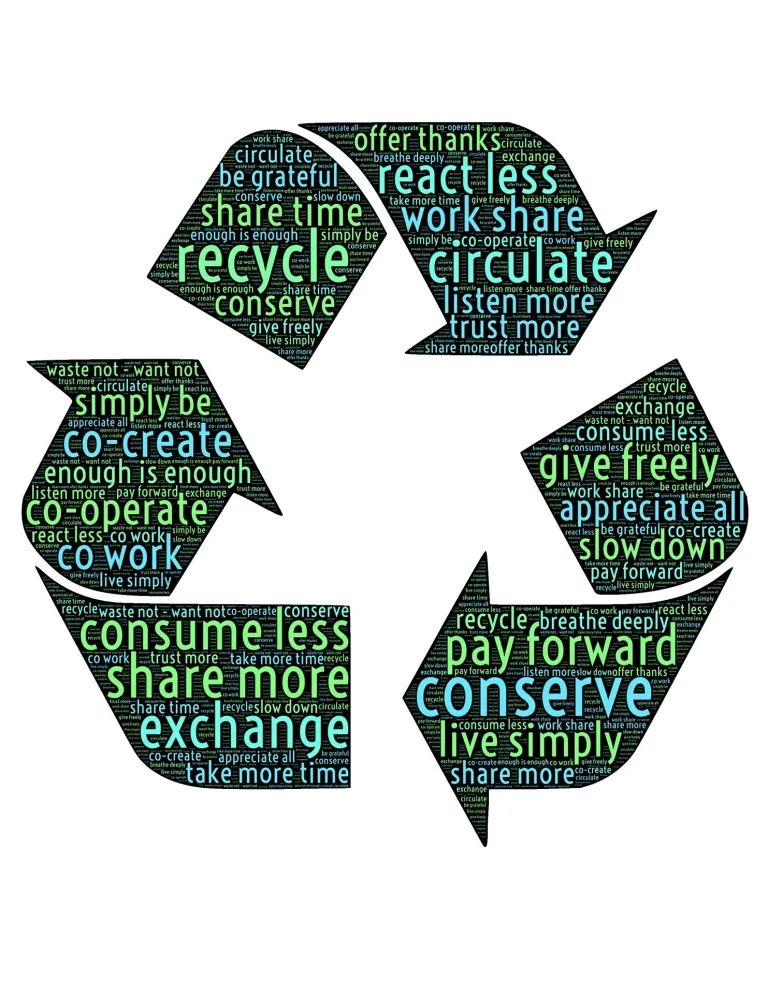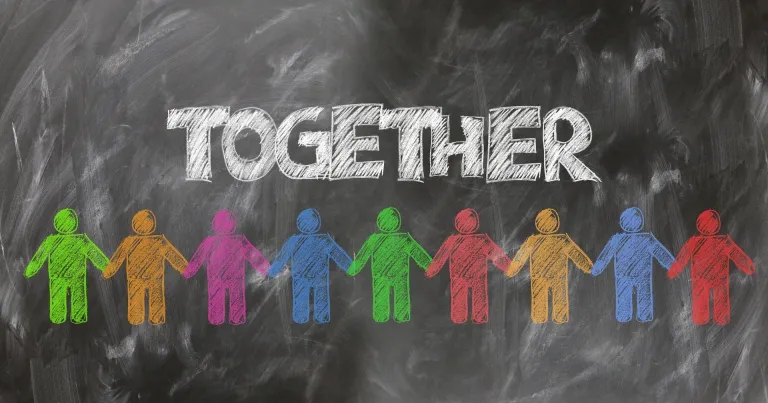Sustainability And You
November 23, 2022
What is Sustainability?
What is sustainability? Defined by the UN World Commission on Environment and Development as: “sustainable development that meets the needs of the present without compromising the ability of future generations to meet their own needs.”
Sustainability involves integrating environmental health along with social equity and economic vibrancy to create robust, diverse, healthy and resilient communities now and for future generations. A systemic approach to sustainability must be taken due to the complexities of these interconnected issues.
The ultimate goal of sustainability is to protect our natural environment, human and ecological health, while not compromising our way of life and driving innovation.
Why is sustainability important
The world is changing at a rapid pace. Increasing populations put more and more demands on natural resources. Ecosystems are hugely impacted by human activities that disrupt the natural balance of the planet. Our very survival depends either directly or indirectly on our natural environment.
Our Changing Planet
Natural disasters such as hurricanes are increasing in numbers and intensity. Scientists believe this is a direct result of Global Warming. Throughout the world, historic droughts and fires are on the rise. Polar ice caps are melting. More and more species are on the endangered list due to poachers and the loss of habitat. Rising amounts of greenhouse gases have resulted in increased oceanic temperatures which raise the acidity of the water which can have devastating effects on this fragile ecosystem. Acidifying waters make it more difficult for coral and other marine organisms to form shells and skeletons. Existing shells could begin to dissolve. Alarmingly, more and more toxic algae blooms which produce a very dangerous neurotoxin that shellfish are particularly susceptible to, also pose a risk to human health.
Everything affects something else. So, what can we really do to reduce our impact on the environment? A lot actually! The Environmental Protection Agency has broken it down into three sections.

Environmental Pillar
Improved air and water quality, reduction of carbon footprints by minimizing carbon emissions, resource extraction and waste. Encourages green engineering. A perfect example is when a business makes the decision to go net-zero (reducing carbon emissions to 0 within a certain time frame.) As we exist under one biosphere, it is imperative that we live within the means of our natural resources.
Social Pillar
Focuses on environmental justice, health, participation, awareness, and access to basic needs. Globally, inferior education, the ravages of war and large-scale injustice take their toll on planet earth and everything in it. Encouraging communities to take the necessary steps to improve the overall health of their environment and promoting renewable energy technologies and green infrastructure as well as providing public access to information, may well bring about more comprehension and investment into sustainability.
Economic Pillar
Concentrates on sustainable business: job creation promotes innovation. Considers the production effects on ecosystem stability as well as calling out for more accurate cost-benefit analyses.
Sadly, much of the new more sustainable technology is cost-prohibitive making it much more difficult to implement. All is not lost, however, as Governments have begun offering incentives for green business practices. By efficiently using its resources and acting responsibly a company will be able to maintain in the long term.
How you can make a difference
- Educate yourself on the most urgent environmental issues. Discover how your habits and behaviors contribute to the problem and adjust accordingly.
- Get involved civically! Discover where your elected officials stand on the issues at hand. For effective sustainable development, constituents should demand good public policies and practices from elected officials.
- Advocate for change. Persuade your employer and your children(s) school to adopt eco-friendly policies. Press businesses to go green. Consumer action can bring about large-scale change. Committing to more sustainable purchases drives suppliers and service providers to respond. Companies, therefore, should implement sustainability methods in their supply chain as well as their workforce. Paying fair wages, providing safe and healthy working conditions, adhering to child labor laws and eliminating animal testing to name a few. Campaign for environmental initiatives that will make your community and the world a better place.
- Decrease your carbon footprint. When applicable, walk, ride a bike, carpool, or take public transportation. Limit trips to the store and buy locally as much as possible. If you shop online try to support companies committed to a Fair-Trade market. Avoid toxic chemicals by making your own cleaning products. Baking soda, vinegar, peroxide, borax and lemon in different combinations can clean just about anything. There are multiple places online to find non-toxic cleaning recipes.
- Most importantly, conserve water and energy! Replace faucets, showerheads and toilets with low-flow models if you can afford it. Take shorter showers, turn off the water while brushing your teeth. Only run the washing machine and dish washer when you have a full load. Run the sprinkler system in the early morning hours between 4AM – 7AM to avoid evaporation. Skip the clothes dryer and hang your clothes outside if allowed. Turn out the lights when you leave the room and set or program your thermostat to lower or raise the temperature (depending on the season) while you are not home. Unplug appliances when not in use.
- Refuse, Reduce, Reuse, Repurpose, Recycle

- Reduce your dependency on non-recyclable materials as much as possible.
- Diminish waste. Purchase smarter by refusing to by non-recyclable productsDitch the single use items (plastic utensils, Styrofoam cups and containers, water bottles etc.) in favor of reusable versions.
- Find ways to Repurpose items that would otherwise end up in the landfill. Upcycling is a fantastic way to get creative!
- Recycle. Too much garbage ends up in the landfills and oceans, much of which is not biodegradable. If you do not have weekly recycling in your neighborhood, contact your local city government to find out where you can take your recyclables. Most communities hold an electronic recycling event once a year for free. Many Best Buy’s will accept old computers and printers at no cost. UPS will take your packing peanuts. Companies are sprouting up that will recycle your mattress for a fee. There are many options out there you just have to look.
These are but a few ways to become more sustainable. Through this blog, I will show you how to achieve some level of sustainability without breaking the bank and will highlight the most pressing issues affecting our planet.

